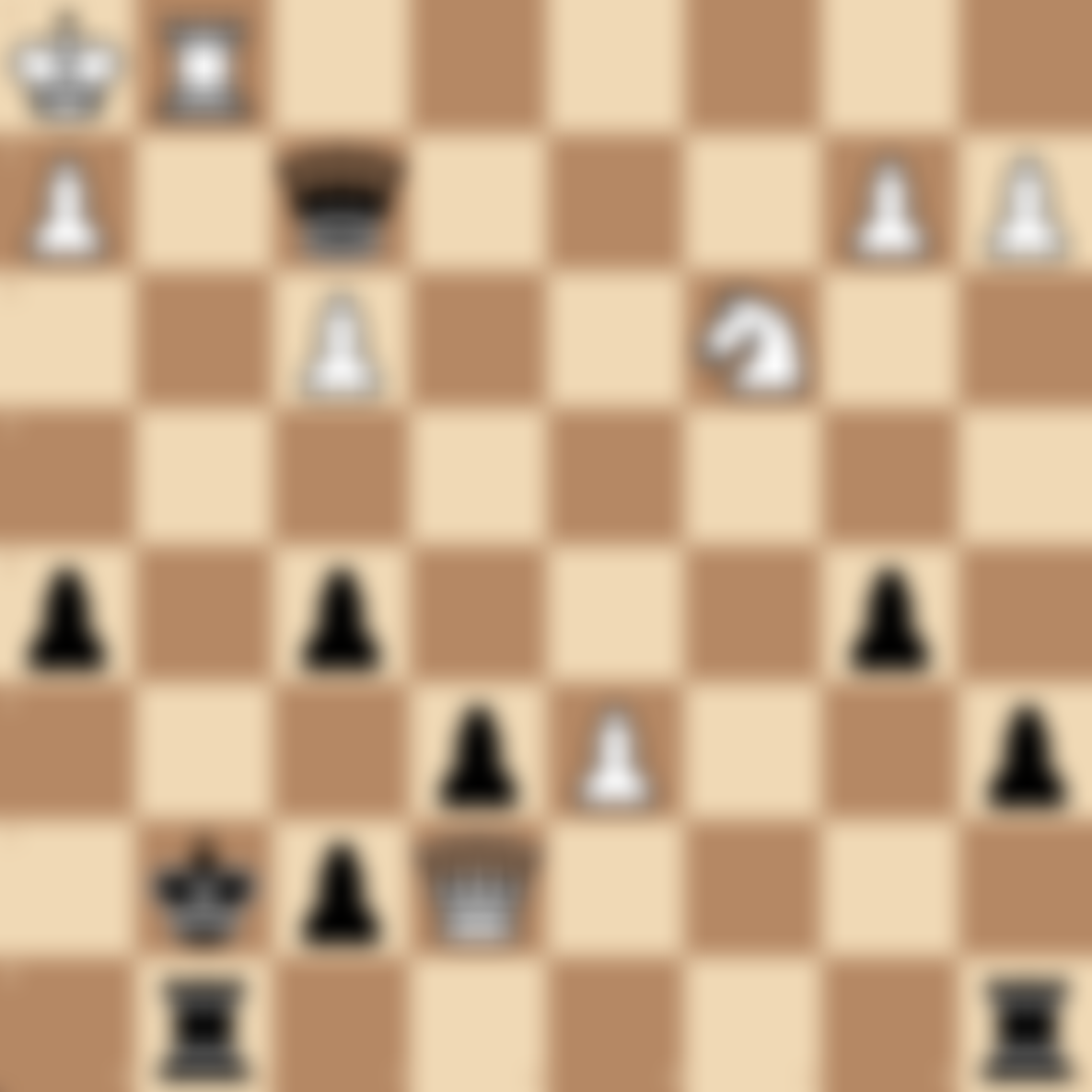Discovered Attacks in Chess: Unveiling Hidden Threats
Table of Contents
- Introduction
- What is a Discovered Attack?
- Types of Discovered Attacks
- Key Elements of a Discovered Attack
- Setting Up Discovered Attacks
- Famous Games Featuring Discovered Attacks
- Tactical Motifs Associated with Discovered Attacks
- Defending Against Discovered Attacks
- Discovered Attacks in Different Game Phases
- Common Mistakes When Using Discovered Attacks
- Practice Discovered Attack Puzzles
- FAQs
Introduction
Discovered attacks are powerful tactical weapons in chess that can quickly turn the tide of a game. At chesspuzzles.io, we've created this comprehensive guide to help you understand, identify, and execute discovered attacks effectively. We'll explore the mechanics of this tactic, provide examples from famous games, and offer puzzles to enhance your skills in employing this potent maneuver.
What is a Discovered Attack?
A discovered attack is a chess tactic where moving one piece reveals an attack from another piece behind it. Key features include:
- Two of your pieces are aligned on the same rank, file, or diagonal
- The front piece moves, "discovering" an attack from the rear piece
- Often, the moving piece also makes a threat, creating a double attack
Discovered attacks are powerful because they:
- Create two threats simultaneously
- Can be difficult for opponents to anticipate
- Often lead to material gain or checkmate
Types of Discovered Attacks
-
Discovered Check
- The discovered attack delivers a check to the enemy king
-
Double Check
- Both the moved piece and the discovered piece give check
-
Discovered Attack on the Queen
- Often leads to significant material gain
-
Discovered Attack with Capture
- The moving piece captures an enemy piece while revealing an attack
-
Discovered Attack with Promotion
- A pawn promotes while revealing an attack
Key Elements of a Discovered Attack
- The Rear Piece: The piece that will deliver the attack once revealed
- The Front Piece: The piece that moves to reveal the attack
- The Target: The enemy piece or square being attacked
- The Flight Square: Where the front piece moves to (often creating a second threat)
Setting Up Discovered Attacks
To create opportunities for discovered attacks:
- Look for alignments of your pieces behind each other
- Position your pieces so that moving one reveals an attack from another
- Consider how the moving piece can create an additional threat
- Be aware of potential discovered attacks throughout the game
- Use pawn moves to create alignments for discovered attacks
Famous Games Featuring Discovered Attacks
- Lasker vs. Thomas, London 1912 (The famous queen sacrifice)
- Fischer vs. Benko, US Championship 1963-64 (Discovered attack in the endgame)
- Kasparov vs. Topalov, Wijk aan Zee 1999 (Complex discovered attack sequence)
Tactical Motifs Associated with Discovered Attacks
Discovered attacks often work in conjunction with other tactical themes:
-
Fork
- The moving piece creates a fork while revealing an attack
-
Pin
- The discovered attack creates or exploits a pin
-
Skewer
- The discovered attack forces a piece to move, exposing a more valuable piece behind it
-
Clearance
- The front piece clears a line for the rear piece to attack
-
Zwischenzug (In-between move)
- The discovered attack serves as a powerful in-between move
Defending Against Discovered Attacks
To avoid falling victim to discovered attacks:
- Be aware of your opponent's piece alignments
- Look for potential discovered attacks in every position
- Consider prophylactic moves to prevent discovered attack setups
- When faced with a discovered attack, look for defensive resources like counterattacks
- In critical positions, calculate all possible discovered attacks
Discovered Attacks in Different Game Phases
-
Opening
- Rare, but can occur in some tactical opening variations
- Often result from careless development
-
Middlegame
- Most common phase for discovered attacks
- Often arise from complex tactical positions
-
Endgame
- Can be decisive, especially in positions with few pieces
- Often used to create mating threats or win material
Common Mistakes When Using Discovered Attacks
- Focusing only on the discovered attack and missing a better move
- Telegraphing the intention, allowing the opponent to prepare
- Neglecting the defensive needs of your own position
- Overestimating the power of the discovered attack
- Failing to calculate the full consequences of the discovered attack
Practice Discovered Attack Puzzles
Improve your skills with our collection of Discovered Attack puzzles on chesspuzzles.io:
Try our Discovered Attack Puzzles on chesspuzzles.io now
Challenge yourself with these tactical puzzles designed to enhance your ability to spot and execute discovered attacks in various positions.
FAQs
Q: Are discovered attacks always winning moves? A: While discovered attacks are powerful, they're not always winning. It's crucial to calculate the consequences carefully and consider your opponent's responses.
Q: How can I improve my ability to spot discovered attack opportunities? A: Regular practice with targeted puzzles, studying games featuring discovered attacks, and analyzing your own games can significantly improve your pattern recognition for these tactics.
Q: Can discovered attacks be used defensively? A: Yes, discovered attacks can sometimes be used defensively by creating counterthreats or forcing the opponent to deal with multiple issues simultaneously.
Master the art of discovered attacks to add a powerful tactical weapon to your chess arsenal! Ready to test your skills? Try our Discovered Attack Puzzles on chesspuzzles.io now and elevate your tactical prowess to new heights.
